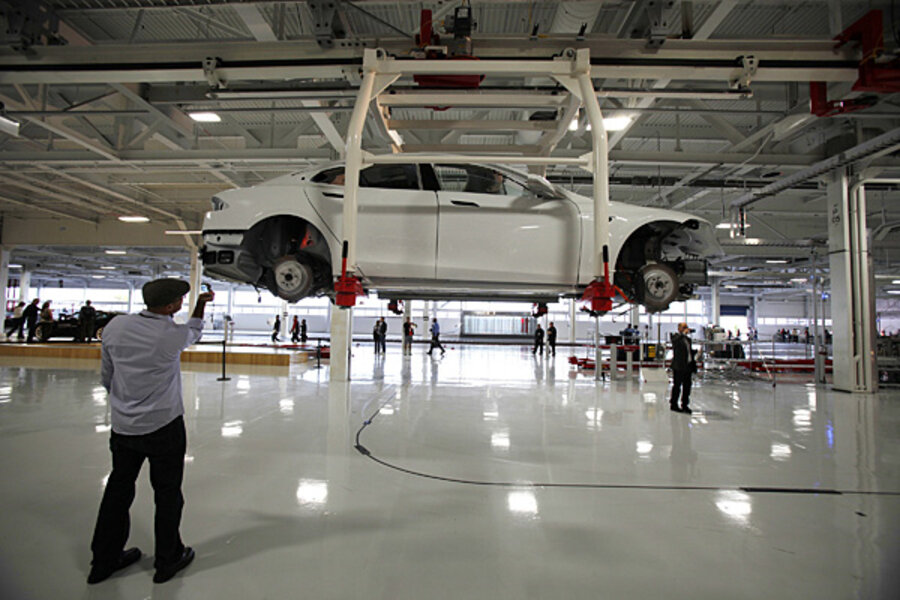Tesla Motors CEO rebuts New York Times Model S review
The task for The New York Times' contributor John M. Broder sounded simple enough: to highlight Tesla’s newly-installed Supercharger Stations at Interstate 95 rest stops in Newark, Delaware and Milford, Connecticut, Broder was to drive a Tesla Model S with an 85 kilowatt-hour battery from Washington, D.C., to Boston, Massachusetts.
While the trip would ordinarily be impractical in an electric vehicle, the Supercharger stations would provide free electricity, charging the Model S’ batteries to almost full in roughly an hour. With a Tesla-claimed range of up to 300 miles (or 265 miles, according to the EPA) the Model S had plenty of range to complete the journey via Supercharger waypoints.
According to Broder, however, that’s not what happened. In a Tesla-critical article, published online in the The New York Times last Friday, Broder claims that thecar barely had enough range to reach Milford after recharging in Newark. In fact, the story alleges that the author was forced to drive at 54 mph, sans heat on a 30-degree day.
From Milford, Broder drove 79 miles to Stonington, Connecticut, where the car was parked, unplugged, overnight. When shut off, Broder logged a range of 90 miles; the following morning, the Model S showed a range of just 25 miles in the 10-degree winter cold.
Tesla staffers helped Broder find a nearby charging station, but the hour-long charge turned out to be insufficient for the return trip to Milford. En route to another charging station (also located by Tesla), the car shut itself down on an exit ramp in Branford, Connecticut.
Tesla sees the events of the trip in a slightly different light. Ever since an embarrassing review by Top Gear, which falsely showed a Tesla Roadster being pushed into a garage out of charge, when in fact it had 50 miles of range remaining, Tesla turns on monitoring software any time a journalist drives its products. It’s in the fine print, which Broder may or may not have realized.
In response to The New York Times article, Tesla CEO Elon Musk tweeted, “NYTimes article about Tesla range in cold is fake. Vehicle logs tell true story that he didn't actually charge to max & took a long detour.”
Broder claims his initial stop in Newark, Delaware, produced a claimed full charge in 49 minutes, but Musk claims the data refutes this. Vehicle logs also show that Broder exceeded the speed limit by a significant margin, which anyone who drives I-95 from Washington, D.C. to New York will tell you is necessary for self-preservation.
Perhaps most damning of all is that the logged data reveals a “long detour” through Manhattan, which Musk claims was unplanned and seriously impacted battery range.
Musk will present Tesla’s side of the story in a Tesla blog update, coming soon. He’s also promised to toss the Model S’ keys to other journalists, so they can see for themselves what the car’s range actually is in winter conditions.
We’re fairly certain that those journalists will be given a detailed list of instructions, indicating the specific route the car is to be driven, a maximum speed and the required duration of Supercharger stops. As Green Car Reports points out, winter weather can reduce battery range up to 30-percent, and we're sure this will be factored in, too.
As for who’s wrong and who’s right, we’re not taking sides on this one (though it's probably worth pointing out that an earlier article by Broder was critical of electriccars in general). As any police detective will tell you, there are always three sides to any story - yours, ours, and what actually happened.






